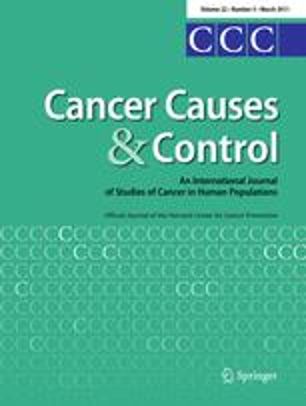Association between Diet Quality and Adiposity in the Atlantic PATH Cohort
Authors: DeClercq, V., Cui, Y., Forbes, C., Grandy, S., Keats, M., Parker, L., Sweeney, E., Yu, Z.M., Dummer, T.J.B. (2017) Journal: Nutrients, 9(10). doi:10.3390/nu9101155 Abstract: The aim of this study was to examine diet quality among participants in the Atlantic Partnership for Tomorrow’s Health (PATH) cohort and to assess the association with adiposity. Data were collected from participants (n = 23,768) aged 35–69 years that were residents of the Atlantic Canadian provinces. Both measured and self-reported data were used to examine adiposity (including body mass index (BMI), abdominal obesity, waist-to-hip ratio and fat mass) and food frequency questionnaires were used to assess diet quality. Overall, diet quality was statistically different among provinces. Of concern, participants across all the provinces reported consuming only 1–2 servings of vegetables and 1–2 servings fruit per day. However, participants also reported some healthy dietary choices such as consuming more servings of whole grains than refined grains, and eating at fast food restaurants ≤1 per month. Significant differences in BMI, body weight, percentage body fat, and fat mass index were also observed among provinces. Adiposity measures were positively associated with consumption of meat/poultry, fish, snack food, sweeteners, diet soft drinks, and frequenting fast food restaurants, and inversely associated with consumption of whole grains and green tea. Although all four provinces are in the Atlantic region, diet quality vary greatly among provinces and are associated with adiposity. Link: http://www.mdpi.com/2072-6643/9/10/1155










